Features From the Issue
-
Features
Under Mexico City
Beneath the capital's busy streets, archaeologists are discovering the buried world of the Aztecs
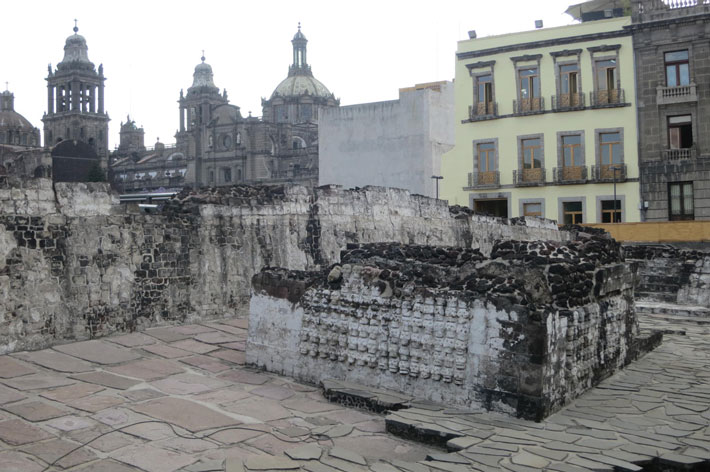 (Roger Atwood)
(Roger Atwood) -
 (Marco Merola)
(Marco Merola) -
Features
Revisiting the Gokstad
More than a century after Norway's Gokstad ship burial was first excavated, scientists are examining the remains of the VIking chieftain buried inside and learning the truth about how he lived and died
 (Courtesy Museum of Cultural History, University of Oslo, Norway)
(Courtesy Museum of Cultural History, University of Oslo, Norway) -
Features
Telling a Different Story
Archaeologists are revealing the dark past of one of the Cold War's most celebrated sites
-
Features
Egypt's Forgotten Dynasty
Excavations at the ancient city of Abydos have revealed the tomb of a previously unknown pharaoh and evidence of a long-lost royal lineage
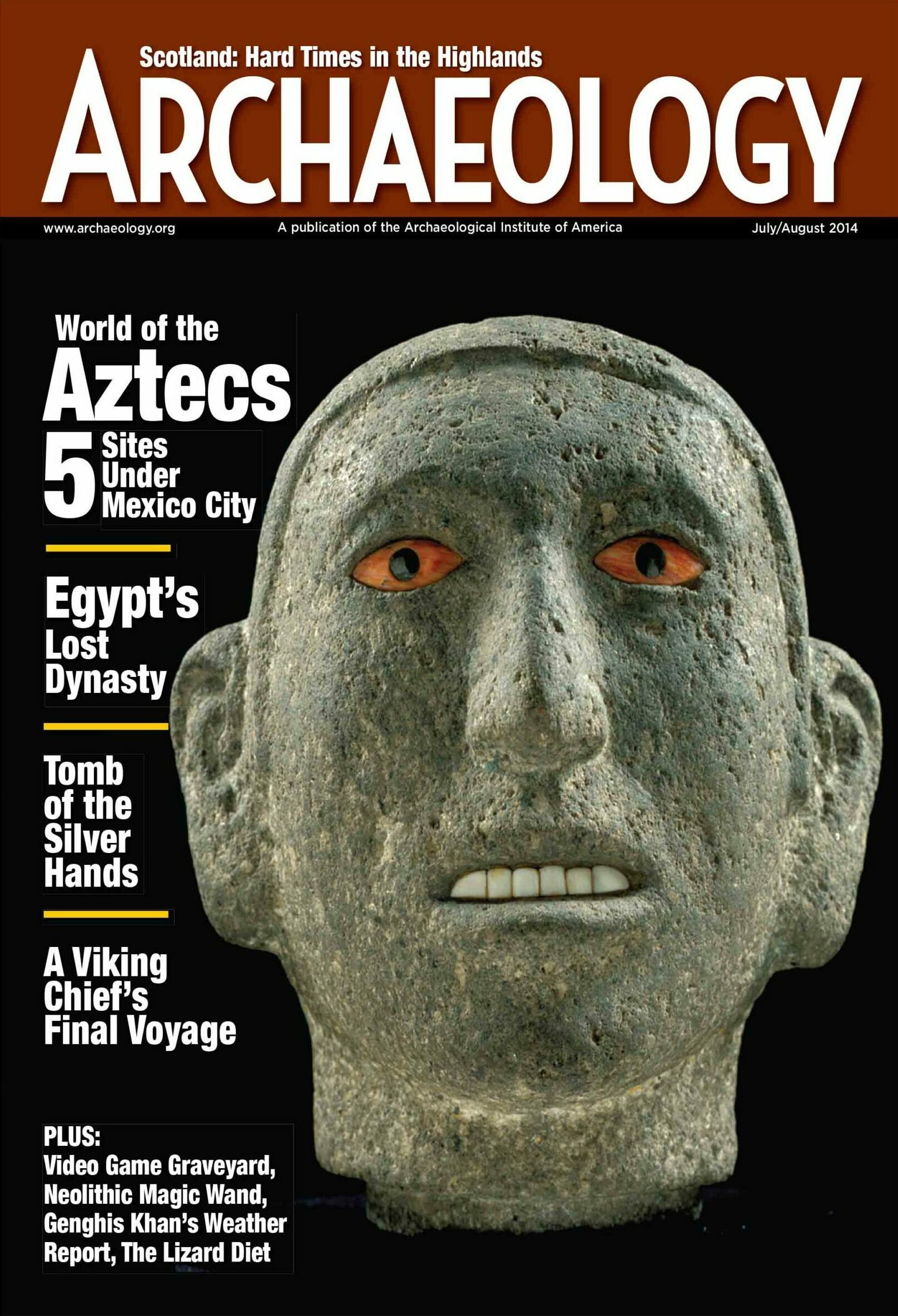
Letter From Scotland
Letter From Scotland
Living on the Edge
Were the residents of a Scottish hillside immoral squatters or hard-working farmers?
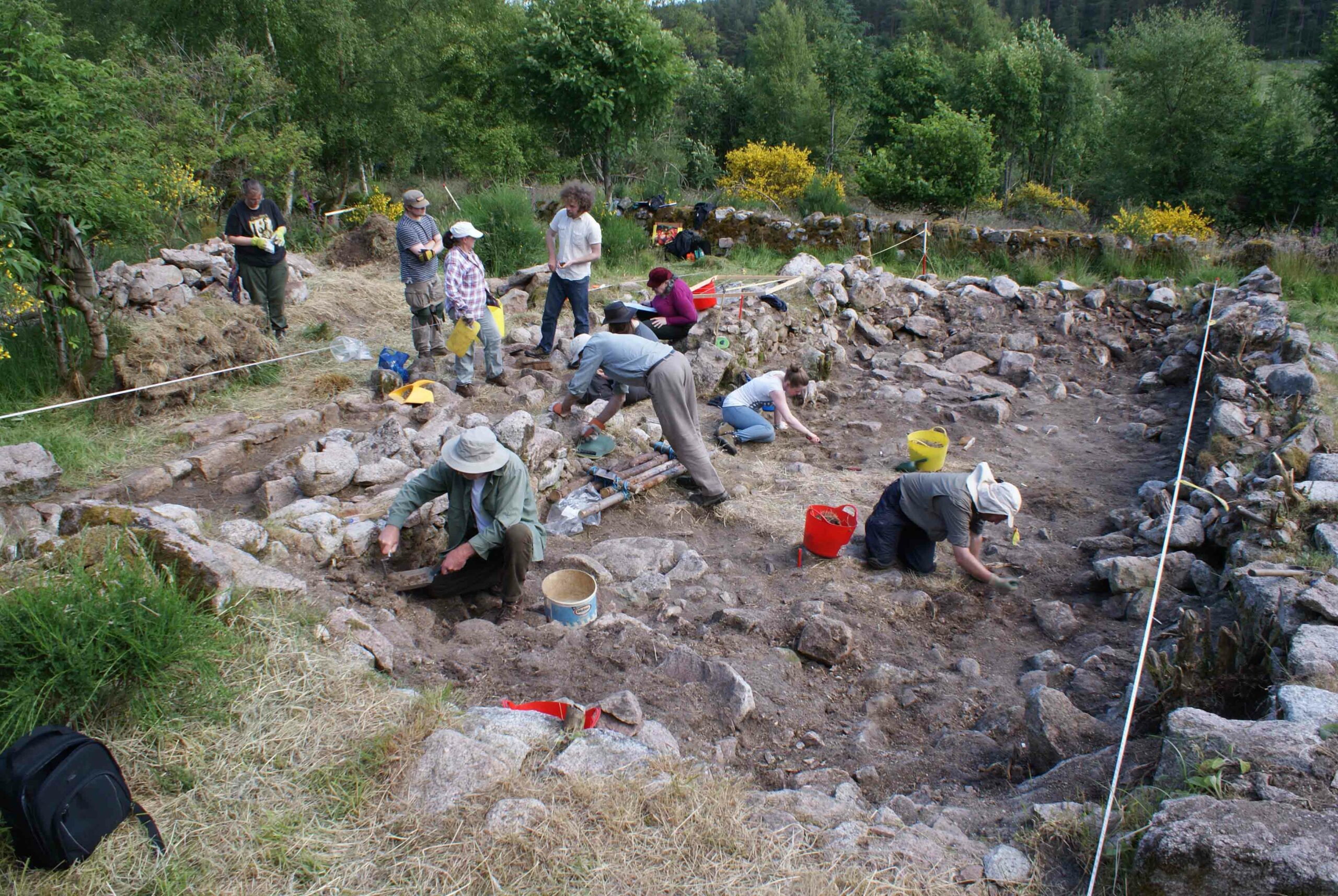
Artifact
Artifacts
Neolithic Wand
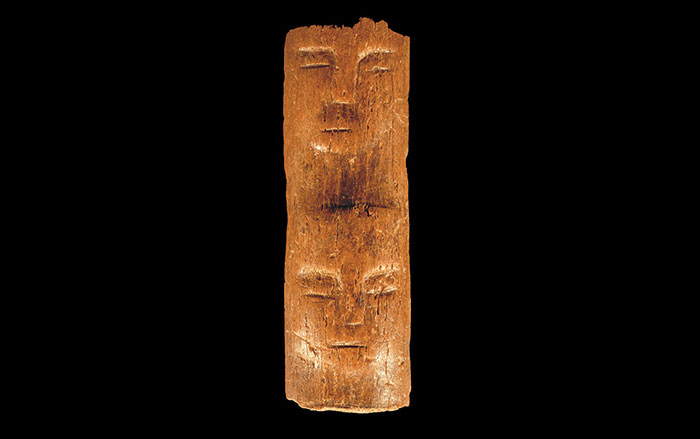
Digs & Discoveries
-
Digs & Discoveries
The Video Game Graveyard
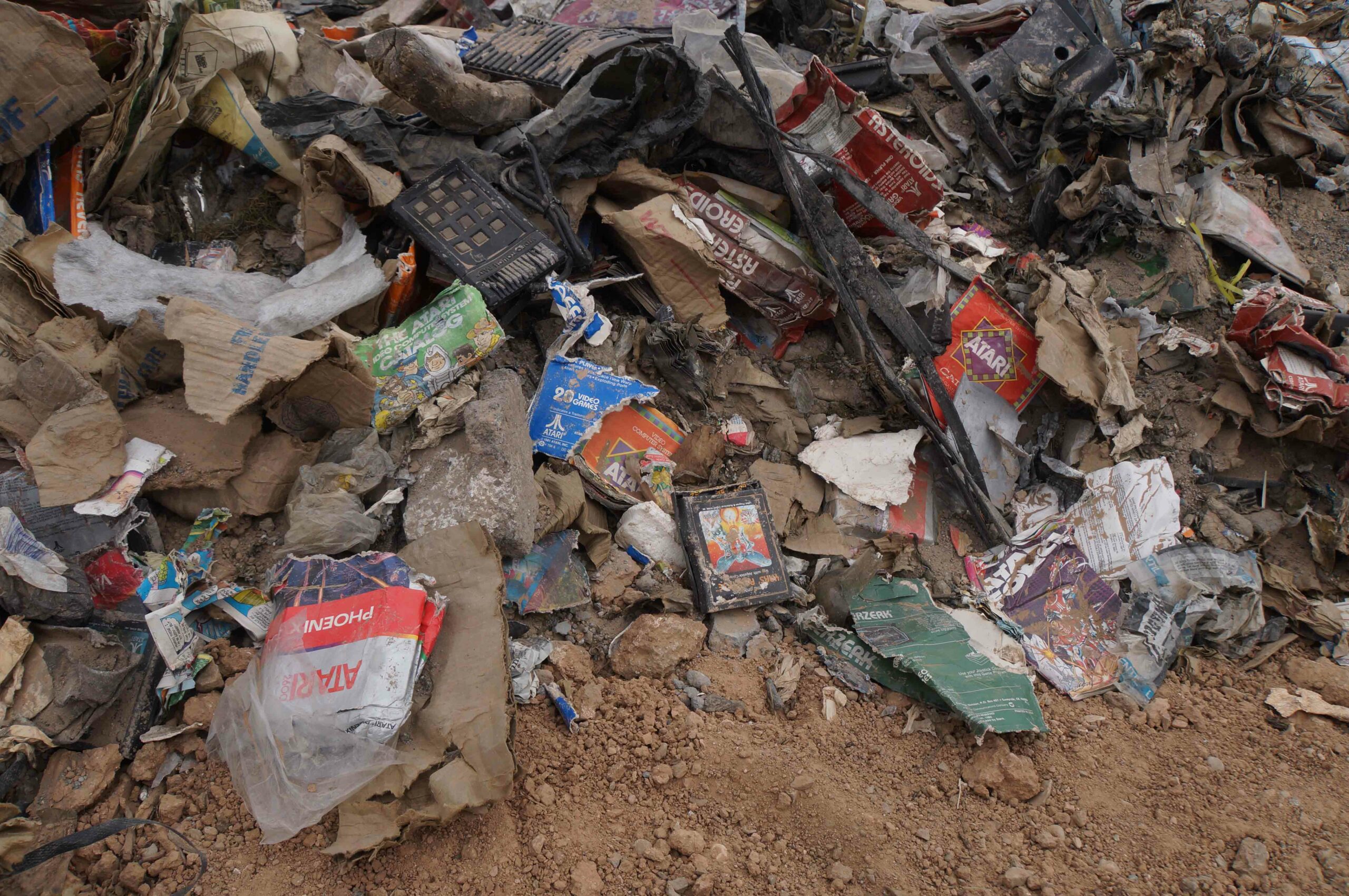 (Photo: Taylor Hatmaker, Courtesy Andrew Reinhard)
(Photo: Taylor Hatmaker, Courtesy Andrew Reinhard) -
Digs & Discoveries
Byzantine Secret Ingredient
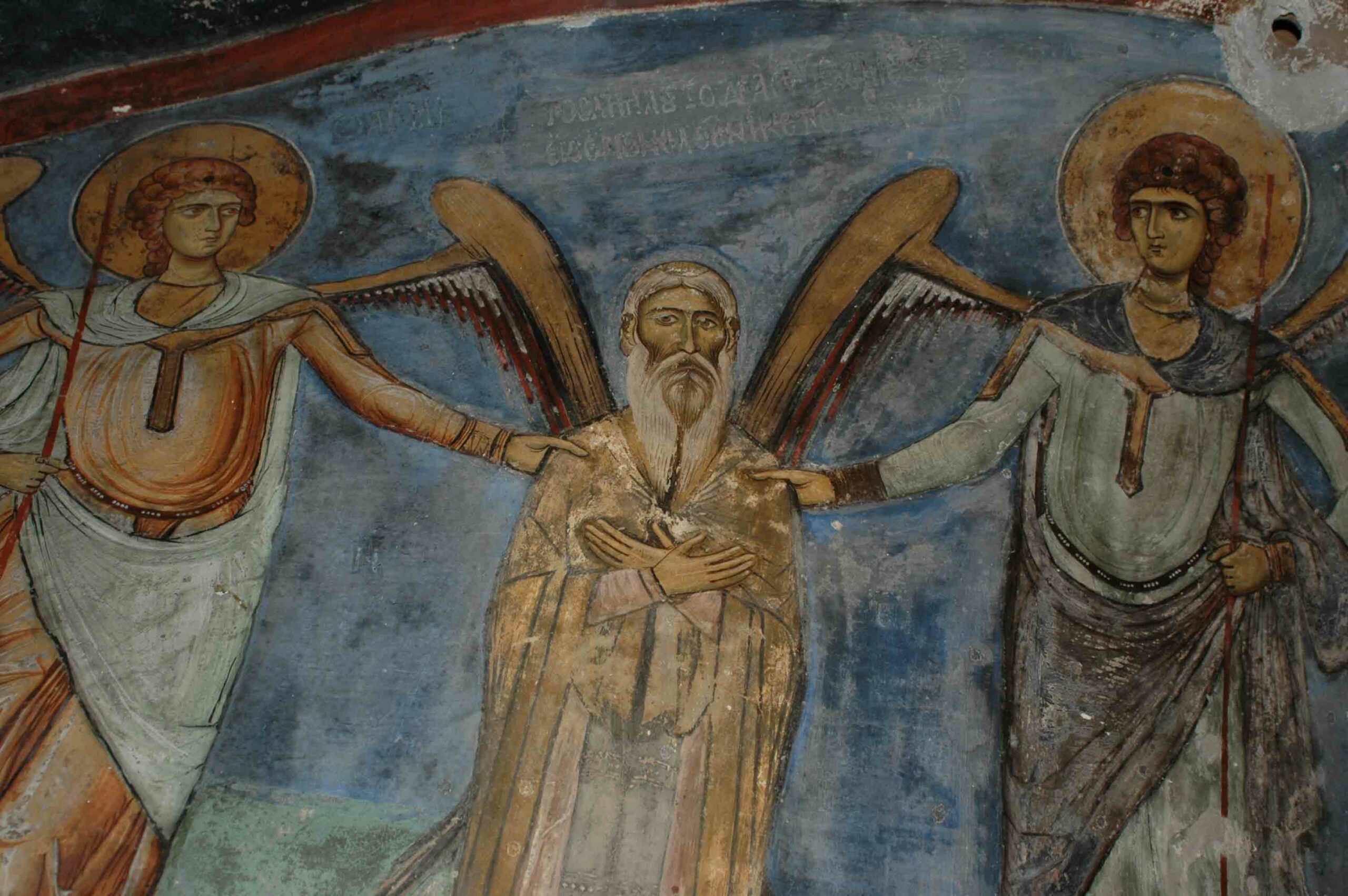 (Courtesy Ioanna Kakoulli, UCLA)
(Courtesy Ioanna Kakoulli, UCLA) -
Digs & Discoveries
A Bold Civil War Steamer
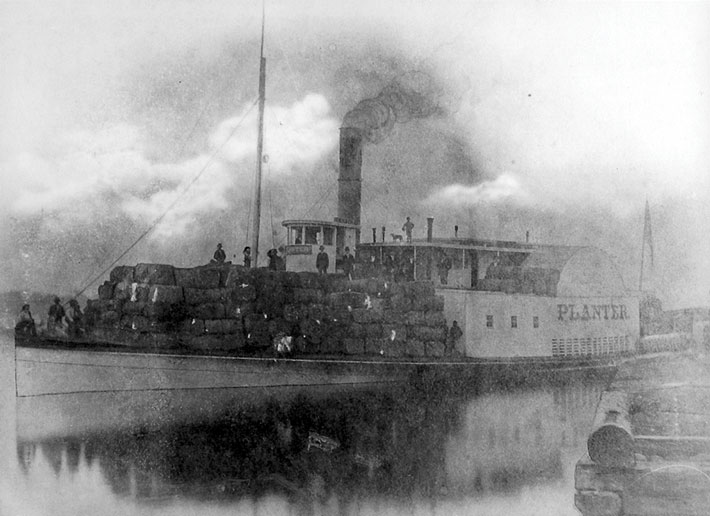 (Courtesy New York Public Library)
(Courtesy New York Public Library) -
Digs & Discoveries
Inheritance of Tears
 (Wikimedia Commons, Brian Stansberry)
(Wikimedia Commons, Brian Stansberry) -
Digs & Discoveries
Diminutive Gatekeeper
 (Courtesy INAH, Photo: de Malíton Tapia)
(Courtesy INAH, Photo: de Malíton Tapia) -
Digs & Discoveries
Bannockburn Booty
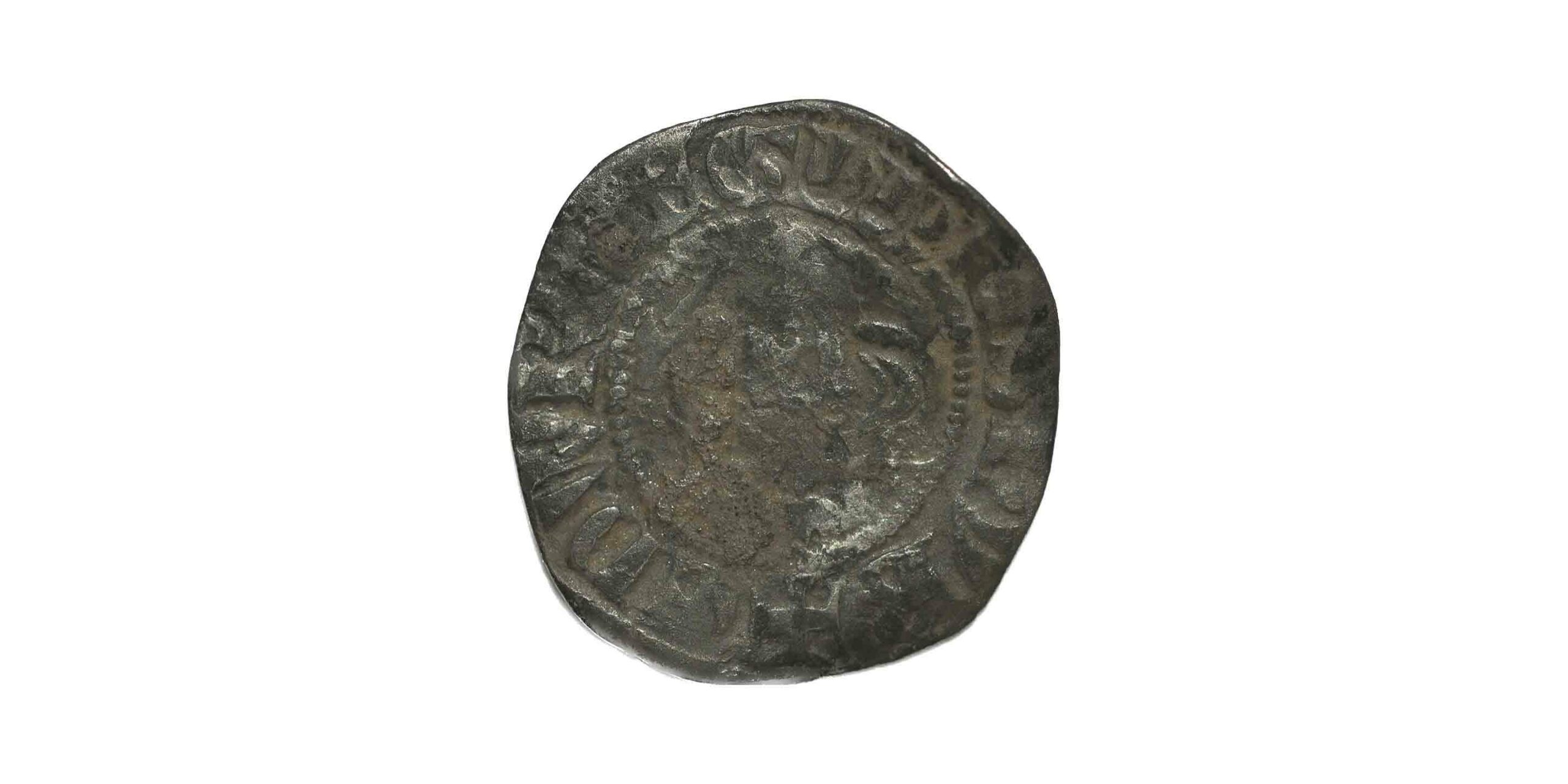 (Courtesy Guard Archaeology Ltd.)
(Courtesy Guard Archaeology Ltd.) -
Digs & Discoveries
Ancient Oncology
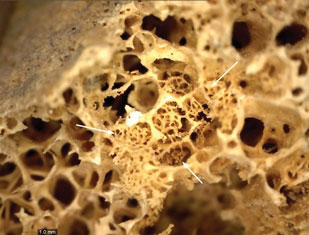 (PLoS One)
(PLoS One) -
Digs & Discoveries
Egyptian Style in Ancient Canaan
 (Courtesy Israel Antiquities Authority, Photo: Clara Amit)
(Courtesy Israel Antiquities Authority, Photo: Clara Amit) -
Digs & Discoveries
Neanderthal Epigenome
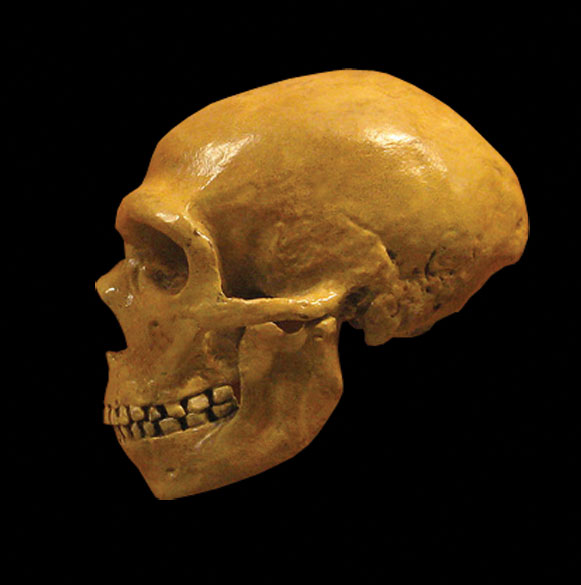 (Wikimedia Commons, hairymuseummatt, Dr. MikeBaxter)
(Wikimedia Commons, hairymuseummatt, Dr. MikeBaxter) -
Digs & Discoveries
Childhood Rediscovered
 (Courtesy Gene St. Pierre, Rhode Island College)
(Courtesy Gene St. Pierre, Rhode Island College) -
Digs & Discoveries
Taking a Dive
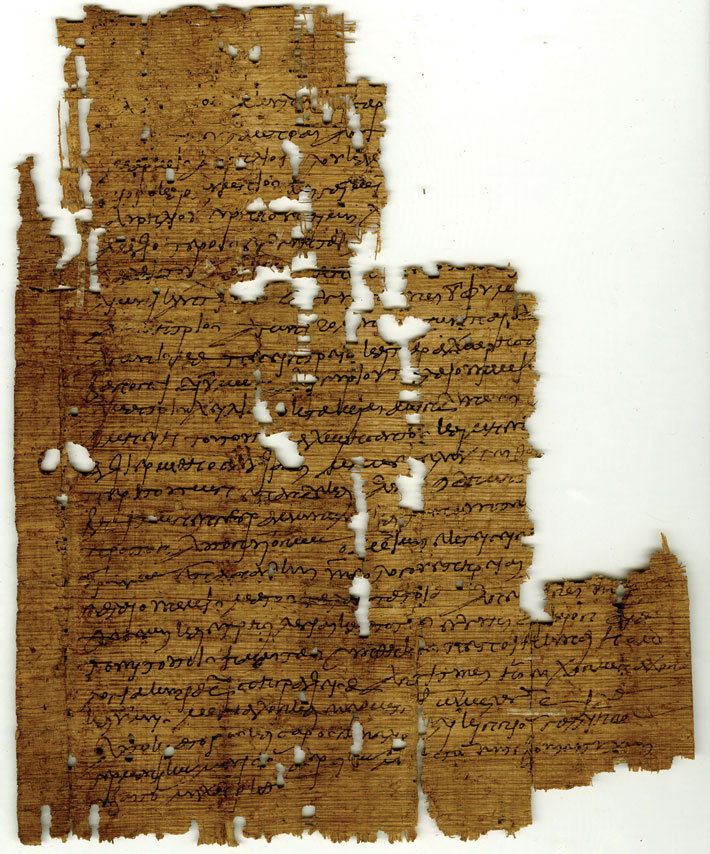 (Courtesy Egypt Exploration Society)
(Courtesy Egypt Exploration Society)
Off the Grid
Off the Grid July/August 2014
Arikok National Park, Aruba

Around the World

VANUATU

VANUATU: Most of what is known about the Lapita, the culture that colonized the remote South Pacific 3,000 years ago, comes from pots. Human remains are rare. Researchers have conducted isotopic studies on remains from the largest known Lapita cemetery—68 burials—for insight into their diet. They found that it was some time before crops were established as a significant part of the menu. The earliest colonists relied instead on a forager’s diet of fish, turtles, fruit bats, and free-range but domesticated pigs and chickens.—SAMIR S. PATEL
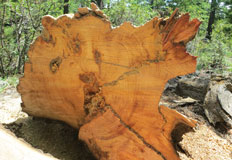
MONGOLIA

MONGOLIA: Adverse climate changes are often cited in the declines of civilizations—see the Indus, Ancestral Pueblo, Bronze Age Mesopotamia, Classic Maya, Tang Dynasty, and more. Surely good weather also made a mark on history. According to a study of tree rings in gnarled, ancient Siberian pines, Mongolia was pleasant—warm and wet—from 1211 to 1230, coinciding with the rise of Genghis Khan. More rain would have meant more grass, which meant more livestock, wealth, and warhorses—the engines of the Mongol army.—SAMIR S. PATEL

KAZAKHSTAN

KAZAKHSTAN: Bands of nomadic herders were stepping stones for the spread of crops between opposite ends of Asia 5,000 years ago—the seeds of what would become the Silk Road. Archaeobotanical analysis at their seasonal camps shows that the pastoralists had access to both wheat from Central and Southwest Asia and millet from East Asia. The seeds were found only among cremation burials, so they might have served some ritual purpose. The nomads’ own agricultural tradition appears to have started 1,500 years later.—SAMIR S. PATEL

